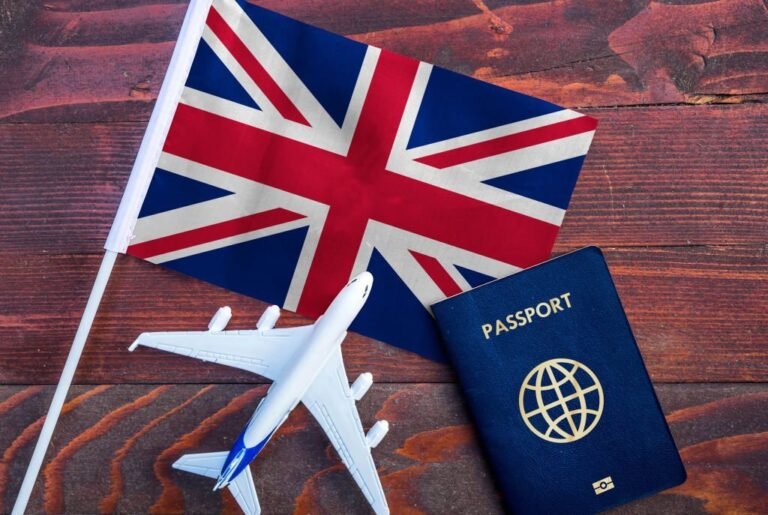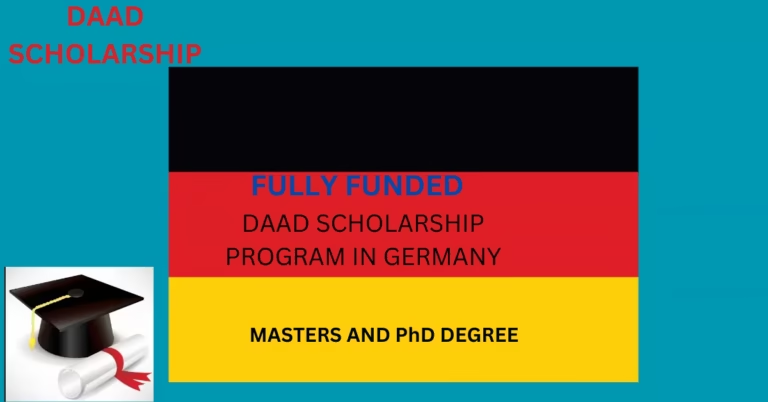How the US High School System Works for International Students
For families planning a move to the United States or international students looking to pursue their education abroad, understanding how the US high school system works can seem overwhelming.
The U.S. secondary education system is multifaceted, offering academic flexibility, extracurricular enrichment, and various school types tailored to diverse learning needs.
This comprehensive guide explores how U.S. high schools operate, the academic expectations for international students, school options, and how best to prepare for success.
Overview: What is the US High School System?
The US high school system consists of grades 9 through 12, typically accommodating students aged 14 to 18. These four years are known as:
- 9th Grade: Freshman Year
- 10th Grade: Sophomore Year
- 11th Grade: Junior Year
- 12th Grade: Senior Year
Each year builds upon the last, both academically and developmentally. American high schools aim to prepare students for college, vocational training, or the workforce.
There are three main types of high schools:
- Public High Schools: Government-funded and free for residents within the district.
- Private High Schools: Tuition-based and may follow specific religious or educational philosophies.
- Charter Schools: Publicly funded but operate independently. Learn more about their benefits and trade-offs in our Charter High Schools Guide.
Enrollment Options for International Students
International students can apply to study at U.S. high schools either through an exchange program or by enrolling directly in public or private institutions. Most will need an F-1 visa, except for short-term exchange students on a J-1 visa.
Key Points:
- Students with F-1 visas can only attend public high school for one year.
- Private high schools can admit F-1 visa holders for multiple years.
- Many schools provide ESL (English as a Second Language) programs to support international learners.
A good starting point is to research SEVP-certified schools (Student and Exchange Visitor Program) listed on studyinthestates.dhs.gov.
Curriculum Structure: Subjects and Credits
High school students in the U.S. must earn credits in required subject areas to graduate. On average, students need 20–24 credits, which may vary by state or school.
Core Subjects:
- English Language Arts
- Mathematics (Algebra, Geometry, Calculus)
- Science (Biology, Chemistry, Physics)
- Social Studies (U.S. History, World History, Civics)
- Physical Education & Health
Electives:
- Foreign Languages
- Arts (Visual, Music, Drama)
- Technology (Computer Science, Robotics)
Some schools also offer advanced coursework like AP (Advanced Placement) or IB (International Baccalaureate) programs. These can help international students earn college credits while in high school.
If you’re seeking excellence in technical fields, check out our Top 10 High Schools in the US for STEM Programs.
Grade Levels Explained
Each year of high school focuses on progressive academic growth. For a breakdown of what to expect, explore our full US High School Grade Level Guide.
Highlights:
- 9th Grade: Introductory level with a focus on study habits
- 10th Grade: Stronger academic rigour, start preparing for standardised testing
- 11th Grade: Heaviest academic year, SAT/ACT prep, AP courses
- 12th Grade: Graduation requirements, college applications
Understanding the grading system is crucial; most schools use a GPA scale (0.0 to 4.0), and strong academic records are essential for college admissions.
Extracurricular Opportunities
One of the key features of American high schools is the strong emphasis on extracurricular involvement. These activities are not just recreational; they also enhance college applications and personal development.
Popular activities include:
- Sports (soccer, basketball, swimming)
- Music & Performing Arts
- Debate and Model UN
- Volunteer programs
- Student Government
Many international students find that these activities help them better integrate into the school community.
Choosing the Right High School: Factors to Consider
International families must consider more than just academics. Factors like school culture, teaching methods, and extracurricular offerings all matter.
Here’s a brief guide on how different school types compare:
- Public Schools: Cost-effective but limited in available international student slots
- Private Schools: More support services, diverse extracurriculars, longer visa eligibility
- Charter Schools: Offer unique curricula like arts, science, or language immersion
For an in-depth comparison, read our feature: Public vs. Private High Schools in the US.
College Preparation for International Students
The U.S. high school experience often serves as a springboard to American universities. To prepare, international students should:
- Enrol in rigorous courses (AP, Honours, IB)
- Participate in leadership or volunteer roles
- Prepare for standardised tests (SAT, ACT, TOEFL)
- Attend college prep seminars or counselling sessions
Resources like EducationUSA provide international students with guidance on navigating college applications in the U.S.
Cultural and Social Integration
Adjusting to life in the U.S. can be as challenging socially as it is academically. American high schools promote student interaction through clubs, group projects, and social events.
Tips for better integration:
- Join cultural or language clubs
- Take advantage of peer mentoring programs
- Use school counselling resources
Many schools have International Student Offices that offer dedicated support, helping students adjust culturally and emotionally.
Challenges International Students May Face
Language Barriers
Even with ESL support, language differences can be a hurdle. Encourage immersion by speaking English outside the classroom.
Academic Adjustment
The U.S. educational focus on critical thinking and interactive learning may differ from rote-based systems in other countries.
Homesickness
Homesickness is common, especially during holidays. Schools often offer events and peer support to help students feel included.
Financial Considerations
Studying in the U.S. as an international high school student involves various costs:
- Tuition (private schools): $10,000–$60,000/year
- Boarding/host family arrangements
- Health insurance
- Books and supplies
Some schools offer scholarships or financial aid for international students. It’s advisable to research schools that offer merit-based or need-based aid.
Transfer and Credit Evaluation
Transferring from an international school to a U.S. high school involves transcript evaluation. Services like WES or IERF can help convert foreign credits into the U.S. system.
Contact school counsellors in advance to:
- Understand accepted credits
- Plan for missing requirements
- Determine placement level
Frequently Asked Questions (FAQs)
Q1: Can international students attend any U.S. high school?
A: Only SEVP-certified schools can admit international students. Public school access is limited to one year for F-1 visa holders.
Q2: What’s the typical school year like?
A: Most schools operate from August to June, with summer break in between.
Q3: Do international students need to take the TOEFL?
A: Many private schools require English proficiency tests like TOEFL or IELTS.
Q4: What documents are required to apply?
A: Academic transcripts, proof of English proficiency, financial statements, and sometimes interviews.
Q5: Are high school diplomas from the U.S. recognised worldwide?
A: Yes, they are generally accepted internationally, especially when paired with strong standardised test scores.
Final Thoughts
The U.S. high school system offers a flexible, rich, and student-centred educational experience, making it a top destination for international learners. With options ranging from public to charter to private institutions, and robust pathways to higher education, international students can thrive academically and personally.
Start early, plan carefully, and lean on resources like InternationalStudent.com and school counsellors to guide your journey. Whether you’re pursuing a STEM track, a college-prep program, or a diverse cultural immersion, the U.S. high school system can open doors for a bright academic future.






